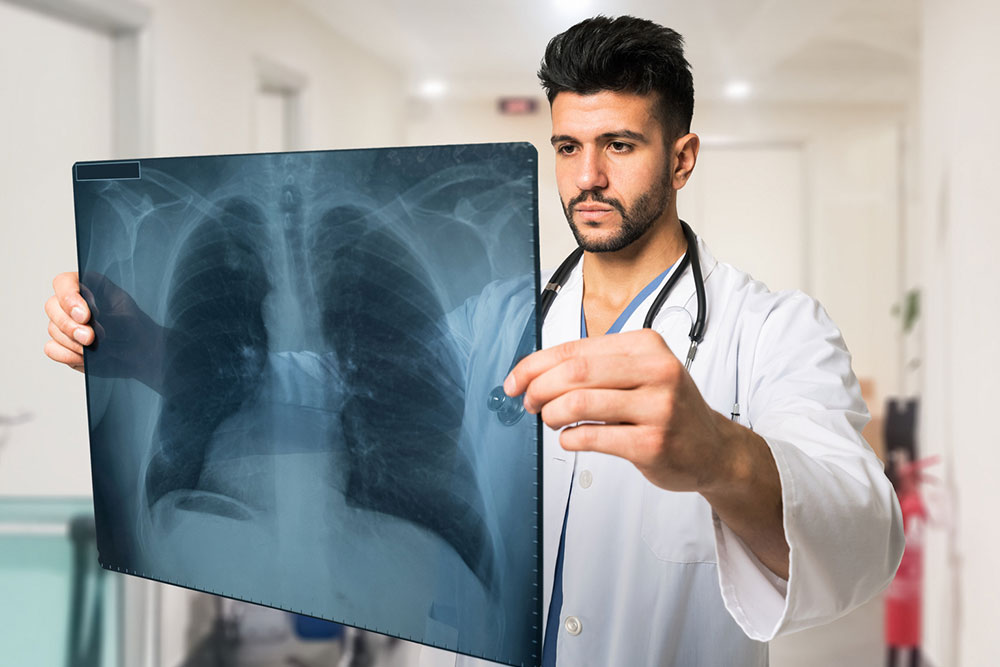Stage 1 lung cancer – Signs, survival rate, and management

In early-stage or stage 1 lung cancer, the tumor is quite small and has not spread to nearby lymph nodes or other parts of the body. Most stage 1 lung cancers are non-small cell lung cancers (NSCLC). As per the American Cancer Society, NSCLC accounts for 80–85% of all lung cancer cases. As cancer is highly manageable in the early stages, here is what one should know to seek timely care:
Signs
Here, the tumor is typically quite small and present only inside the lungs. As a result, there are barely any signs of the condition. But in rare cases, when symptoms do develop, they usually include the following:
– Persistent cough
– Blood in phlegm or spit
– Shortness of breath
– Recurrent pneumonia
– Bronchitis
– Frequent lung infections
Sometimes, lung cancer can also trigger pain, which usually develops in the chest. However, as the tumor is quite tiny, it does not result in high-intensity pain or other symptoms commonly observed in advanced stages of lung cancer, such as fatigue or loss of appetite. So, when there is no known risk of lung cancer, one may tend to miss the subtle signs associated with stage 1. That’s why keeping an eye out for these signs and consulting a doctor (and getting a second opinion) is crucial upon noticing any such changes.
Survival rate
The National Cancer Institute’s Surveillance, Epidemiology, and End Results (SEER) Program determines the survival rate of lung cancer based on whether it is localized, regional, or distant. Based on categorization, stage 1 lung cancer is localized, that is, the tumor is limited to one lung. So, the 5-year relative survival rate is around 65% for those with localized NSCLC. This indicates that 65% of those who underwent treatment for localized lung cancer survived for five years after the treatment. Nevertheless, it is important to note that a better prognosis is possible if lung cancer is diagnosed as early as possible. The survival rate also varies based on factors like age, overall health, how well one responds to cancer treatment, subtype of cancer, and more.
Management options
Stage 1 lung cancer is usually managed through a combination of treatment methods, like surgery, targeted therapy, and chemotherapy. In cases where surgery is not possible, radiation therapy may be recommended. The various types of surgical options used for the treatment of stage 1 lung cancer are:
Lobectomy: This procedure involves the removal of a lobe of the lung that has the tumor. Lobectomy is the most common type of lung cancer surgery.
Segmental resection: Also referred to as segmentectomy, this procedure helps remove one to four segments of a lobe of the lung affected by the tumor.
Sleeve resection: Here, the cancerous lobe and a section of the main bronchus that is connected to the lung are removed. The remaining portion of the bronchus is reconnected with the lobe unaffected by the cancer. The procedure is also called sleeve lobectomy.